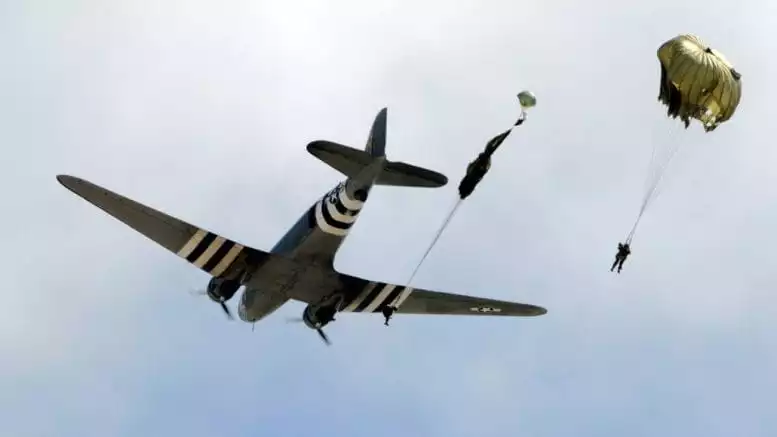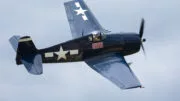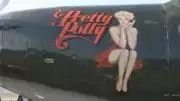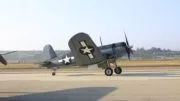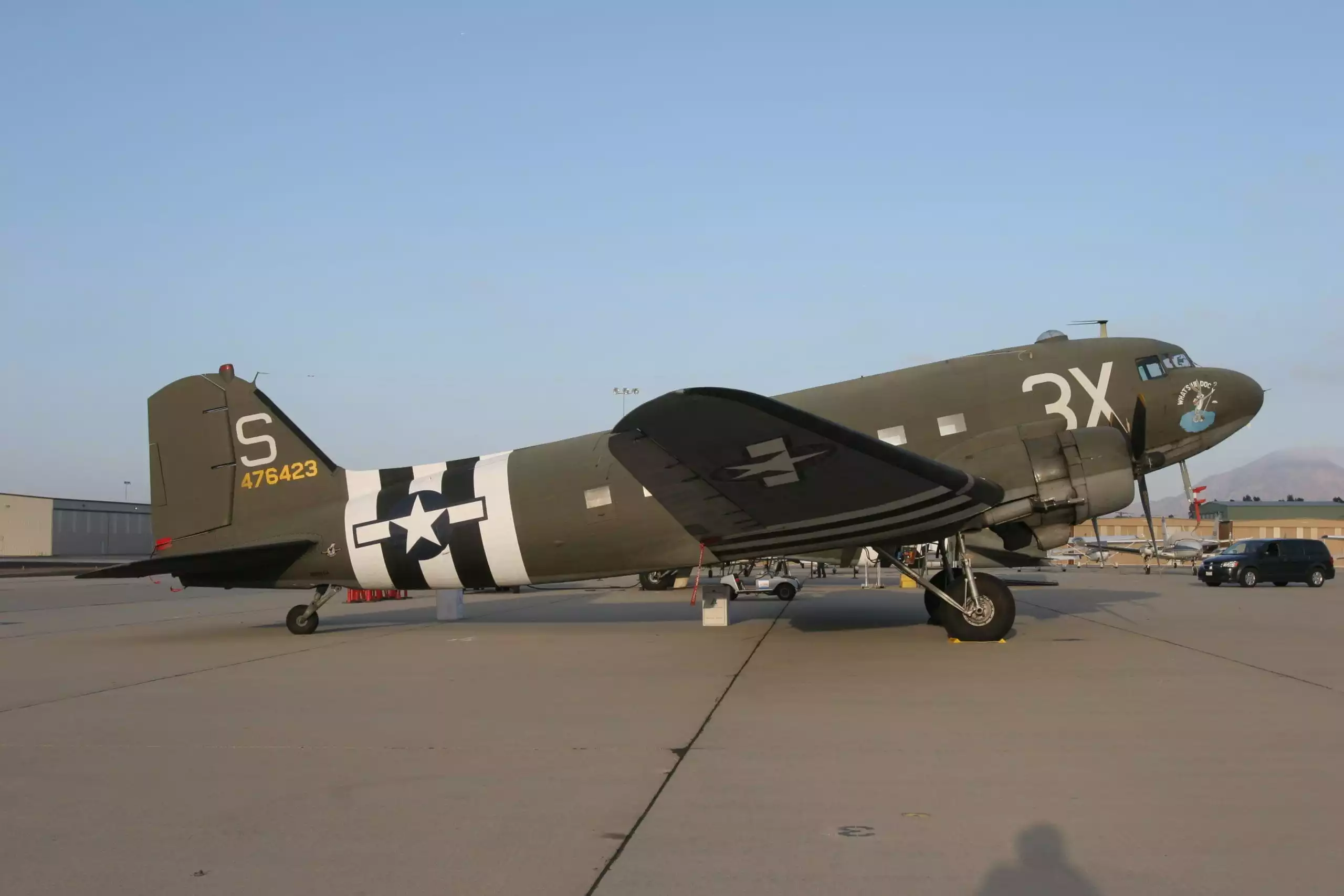The History of Aerobatics and How It Has Impacted Flying Today
The history of aerobatics has changed how aviation and air shows function today.
Almost as soon as humans had airplanes, they were using them for crowd-pleasing feats. While in the early days of aviation, these simple flights were meant to simply demonstrate what an airplane could do, more advanced airplanes led to more daring aerobatics.
Wilbur Wright circled the Statue of Liberty; today, a modern air show can showcase anything from military precision flying to wing walkers and parades of historical or experimental aircraft. Then, as now, aerobatics are designed to demonstrate superior piloting abilities and the capabilities of an aircraft. Most importantly, however, aerobatics ignite the public imagination and increase appreciation for aviation.
Early Days of Aerobatics
The development of aerobatics took place with astonishing speed. Even before airplanes became part of everyday life, stunting took place from balloons, airships, and dirigibles. These feats were largely marked by diving, parachuting, and skydiving. The first airplane flight took place in 1903, and in a few months, the Wright Brothers performed the full first banked turn in the air—which doesn’t sound like a big deal until you realize that ailerons hadn’t been invented yet. They managed the maneuver by flexing one wing.
Because of their fame in first achieving powered flight, the Wright Brothers’ contribution to the development of aerobatics is often overshadowed. Wilbur and Orville, smart businessmen in addition to intelligent engineers and brave pilots, formed the Wright Flyers, an exhibition team which performed such maneuvers as deep turns and thrilling dives which spiraled towards the ground. Travelling air shows and “flying circuses” quickly followed, and Wilbur Wright’s demonstration at the Statue of Liberty took place in 1909. More stunts followed at Niagara Falls and other international locations, then spread to small towns.
International Spread and Advancement
Europe was somewhat behind America in its development of aerobatic flying, but it caught up quickly. French pilot Adolphe Pegoud developed the ability to safely fly inverted; a few days later, Petr Nesterov performed a complete loop in Russia. Not long afterwards, pilots were able to charge per loop at airshows.
The invention of more advanced engines—particularly rotary engines—and lighter, more agile aircraft meant that more and more impressive feats were attempted. Sometimes this happened by accident, as when test pilot Wilfred Parke discovered out of necessity how to right himself out of an uncontrolled spin. In other events, pilots worked with engineers to find out what the aircraft were capable of.
These early barnstormers, whether they meant to or not, were educating the public on the aerodynamic principles which kept these flying machines in the air. Demonstrating slow speed flying, and gliding with the engine off revealed the dangers of falling into spins and stalls. Flying backwards, upside down, without hands, and beneath trees and telegraph poles showed audiences that there was nothing to fear from this new mode of transportation as long as the pilot was skilled and the airplane sound.
Impact of War on Aerobatics
The advent of World War I meant that airplanes became weapons instead forms of entertainment or modes of transportation. By focusing on airplanes which were built for dexterity and speed rather than simply getting safely in the air and staying there, aerobatics pushed forward. Dogfighting meant that the ability to quickly maneuver in the air was a matter of life and death rather than just entertainment. After the war, while these skills were mostly self-taught or handed down between pilots, airshows provided employment for veterans.
The World Cup of Aerobatics took place in 1934 for a single competition, but the very presence of it in the midst of the Great Depression indicated an appetite and appreciation for aviation. It was much like a figure skating competition in the sense that it combined required maneuvers and scoring for their execution. Pilots were given a list of stunts to perform in a compulsory round; these included turns and loops. The next part of the competition included a “free program,” which could last no longer than ten minutes. Similar events followed. As part of the 1936 Olympics in Berlin, a similar event, the World Aerobatic Championships, was staged amongst pilots from several different nations. Czechoslovakia emerged as a leader air show innovation.
The establishment of rules, entry qualifications, and benchmarks for judges helped to cement aerobatics as a legitimate and worthwhile pursuit. Although the entertainment aspect of airshows was halted during World War II, the aftereffect was the same: An increased awe of airplanes, and a steady supply of experienced pilots who demonstrated bravery, skill, and dexterity in the sky.
Regulation and Air Show Modernization
Modern airshows are now highly technical and developed events which include comedy, use of props, characters, and storylines. Air races, which enjoyed a golden age in the 1920s and 1930s, were revived in the 1960’s and again in the 2000’s with the Red Bull Air Races. As an example of how far aviation has come, early “aerobatics”—recovering from stalls and pulling out of a spin—are now a part of basic flight training.
The FAI Aerobatics Commission (CIVA) regulated and organized the FAI Aerobatic Championships in 1960. Events now include powered as well as unpowered awards, in which pilots perform in gliders. These competitions take place in an aerial “box,” a cube which is one kilometer above the judges. As in early aerobatic competitions, pilots are asked to perform certain figures and are scored by how well they execute them.
FAI competitions have now expanded to include drone racing and aerobatics. The FAI fields national teams from a variety of countries, and annual local as well as regional competitions help to provide competition experience for pilots. Like the Olympics, cities participate in an organized bidding process to host the FAI Aerobatic Championships.
Aerobatics have allowed women and non-military pilots to take part in the aviation community when their entry might have been otherwise barred. Present in aviation from the earliest days of airplanes, it continues to push the boundaries of the technology, piloting skills, and engineering abilities of every aspect of aviation.
Ready to Soar with Us?

